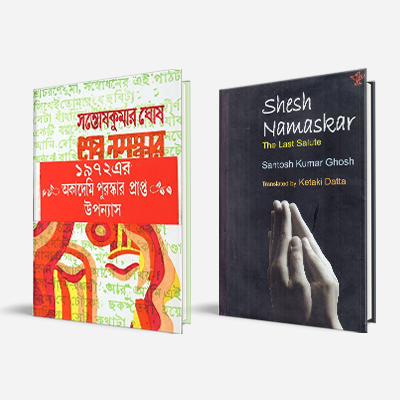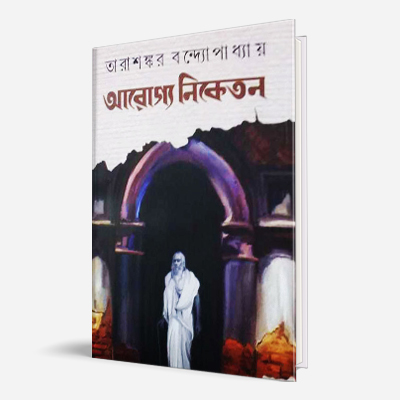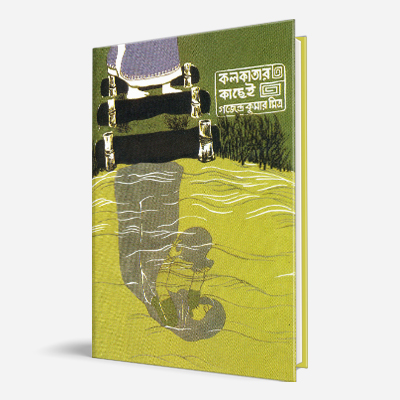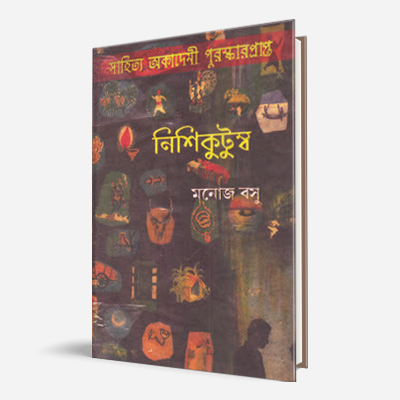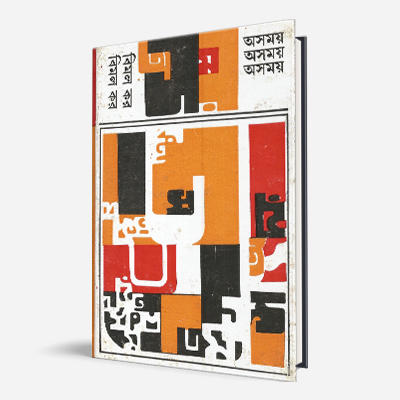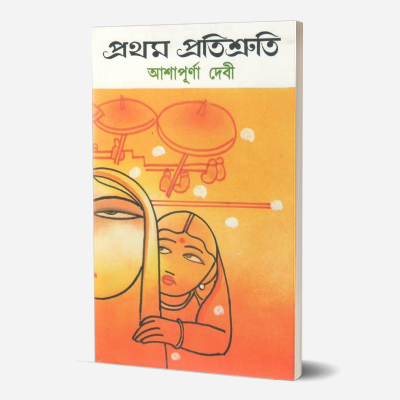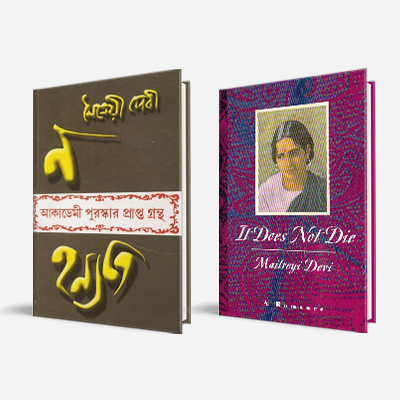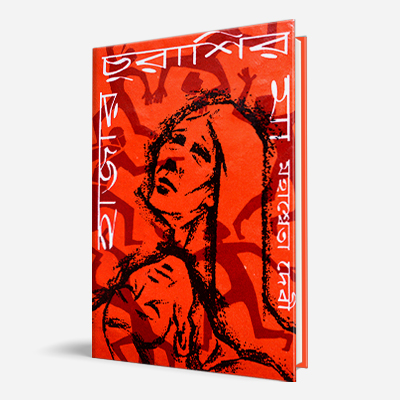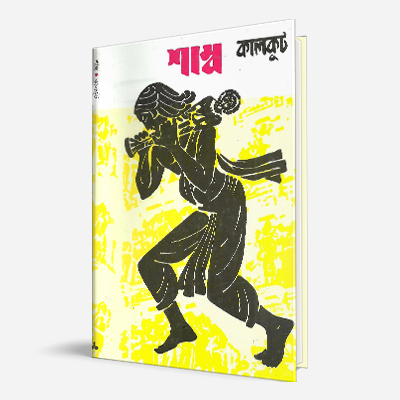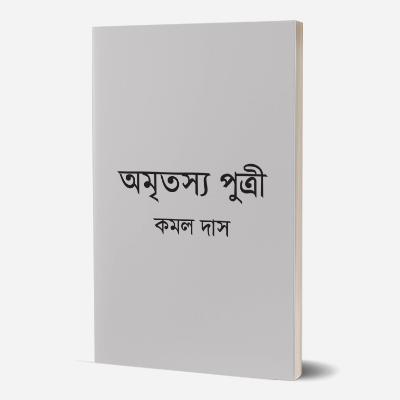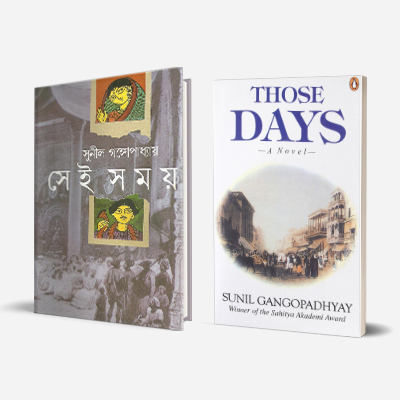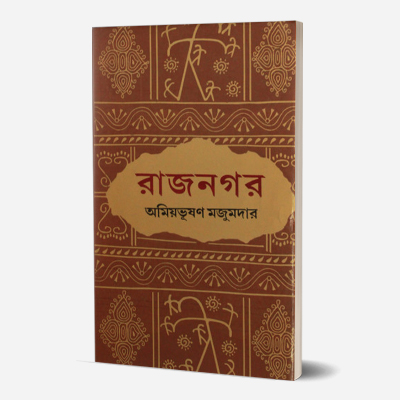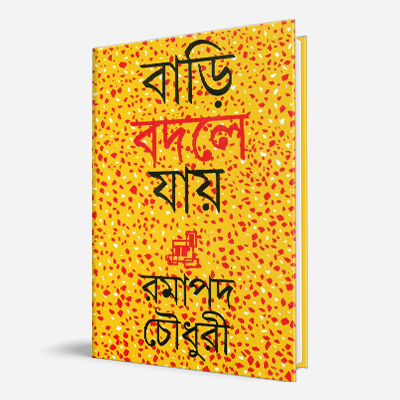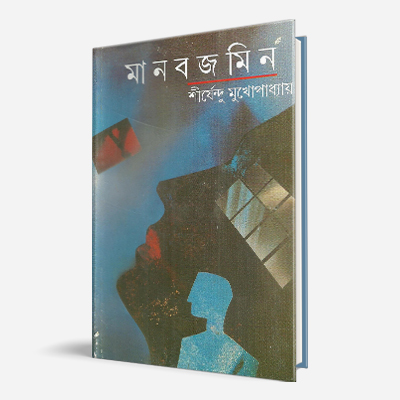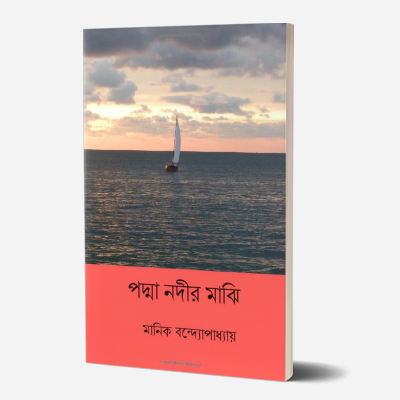Shesh Namaskar
By Santosh Kumar Ghosh
Translated into English as Shesh Namaskar: The Last Salute by Ketaki Dutta (2013)
AWARD: Sahitya Akademi (1972)
Dubbed as Ghosh’s magnum opus, Shesh Namaskar (translated as The Last Salute by Ketaki Datta), is an exploration of the role of death in human life, and how the search for meaning is intricately linked with family, and the role of one’s parents and ancestry in their own purpose. Written as a series of letters from a son to his recently deceased mother using the second person narrative technique, it foregrounds how the narrator is grappling with his lack of moral basis in his life through trying to find it in his childhood, in his mother, i.e., his creator. The essence of the novel lies both in its immaculate technical prowess and the author’s search for the meaning of life and of death through a confessional self-projection into the narrator’s persona. In the words of author Subhash Chandra Sarker, ‘[Shesh Namaskar] is a highly perceptive account of the most tender relationship of men whose poignancy leaves everybody profoundly affected.’ Shesh Namaskar, subtitled ‘Shricharaneshu Ma ke’ (To my Mother), which shines in its ability to make a vivid presentation of a complicated scene with the most common words was first published in 1971 and received the Sahitya Akademi Award in 1972.
About the Author
Santosh Kumar Ghosh (1920-85) was a Bengali author and journalist. Although most renowned and remembered for his short stories and novels, he was a versatile artist who tried his hand in drama, poetry and essays. His first important publication was the novel Kinu Goyalar Goli (Kinu Goyala’s lane, 1950) which brought him immediate recognition as a powerful novelist and has been translated into most of the major Indian languages. His writings were famous at the time not only for their poignant, deeply empathetic portrayals of the sufferings of the Indian subaltern, but also for his constant experimentations with the limits of the novel – most famously with Renu Tomar Mon, written entirely in the second person, and the mix of poetry, essay, and story in Mile Omile. His novels also exposed the painful transition from the innocence of childhood into the sordidness of adult life in the city. Further, as the editor of one of the largest Bengali newspapers—Ananda bazar Patrika—for nearly two decades, he was responsible for expanding and supporting the careers of many Bengali writers through presenting their work in the paper
